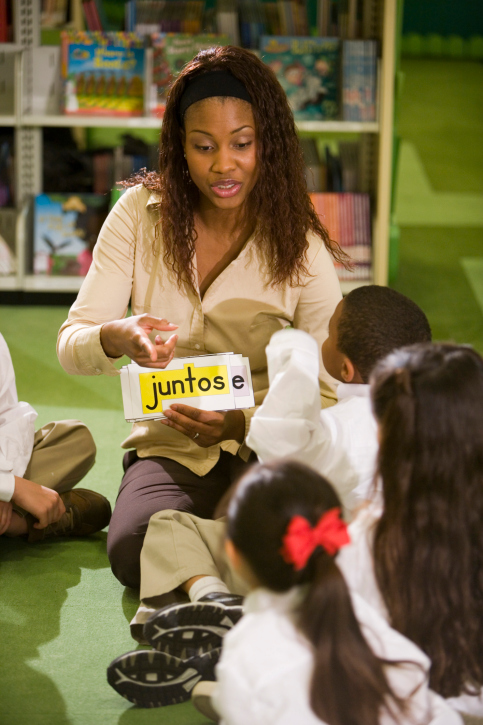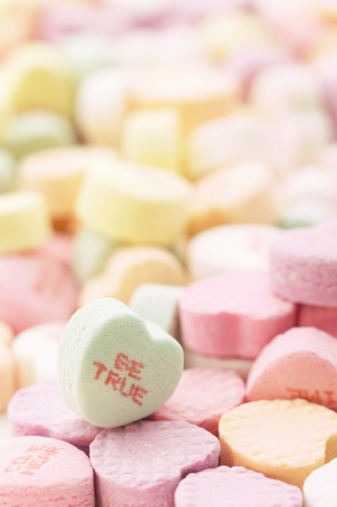Announcements of new mobile and Web-like tools come almost daily, it seems.
Sometimes, it’s old stuff in tech format, like our childhood’s Viewmaster® collection of reels and hand-held viewer. [Thank you, Mattel.]
Other times, it’s a brand-new spin for ageless concepts, such as flash cards made digital.
No matter what, though, we get jazzed about the novelty – and pondering ways that we might use this software to great impact.
Take flash cards, for instance. They were pre-school mainstays, helping us learn our ABCs and numbers and names of items. Today, programs like Anki, Cerego, and Memrise not only jolt our memories, but also make our knowledge much longer lasting. [Confession: Which is how we got through college chem courses …]

What’s more, researchers have proven that there’s something to these spaced-repetition tactics – i.e., fixing information in our brains through repeated exposure at planned intervals. Students get better grades. Memorizing is less onerous. Even exposures to difficult foreign languages like Mandarin stick … somewhat better.
Imagine, for instance, salespeople drilled on products and pricing and spiffs. Or the smartphones of new hires embedded with this software and info on the company, its strategy, history, vision and mission. And the litany of human resources programs instantly recalled via visual images and quick blurbs.
Hmmm: Candy retailers are so non-PC. Shall we call it, ‘acting like kids in the Apple store’?

